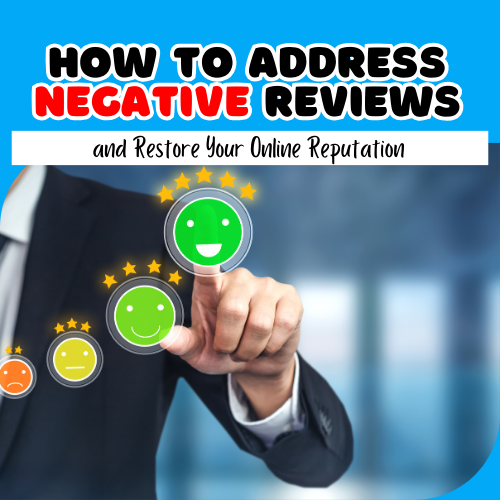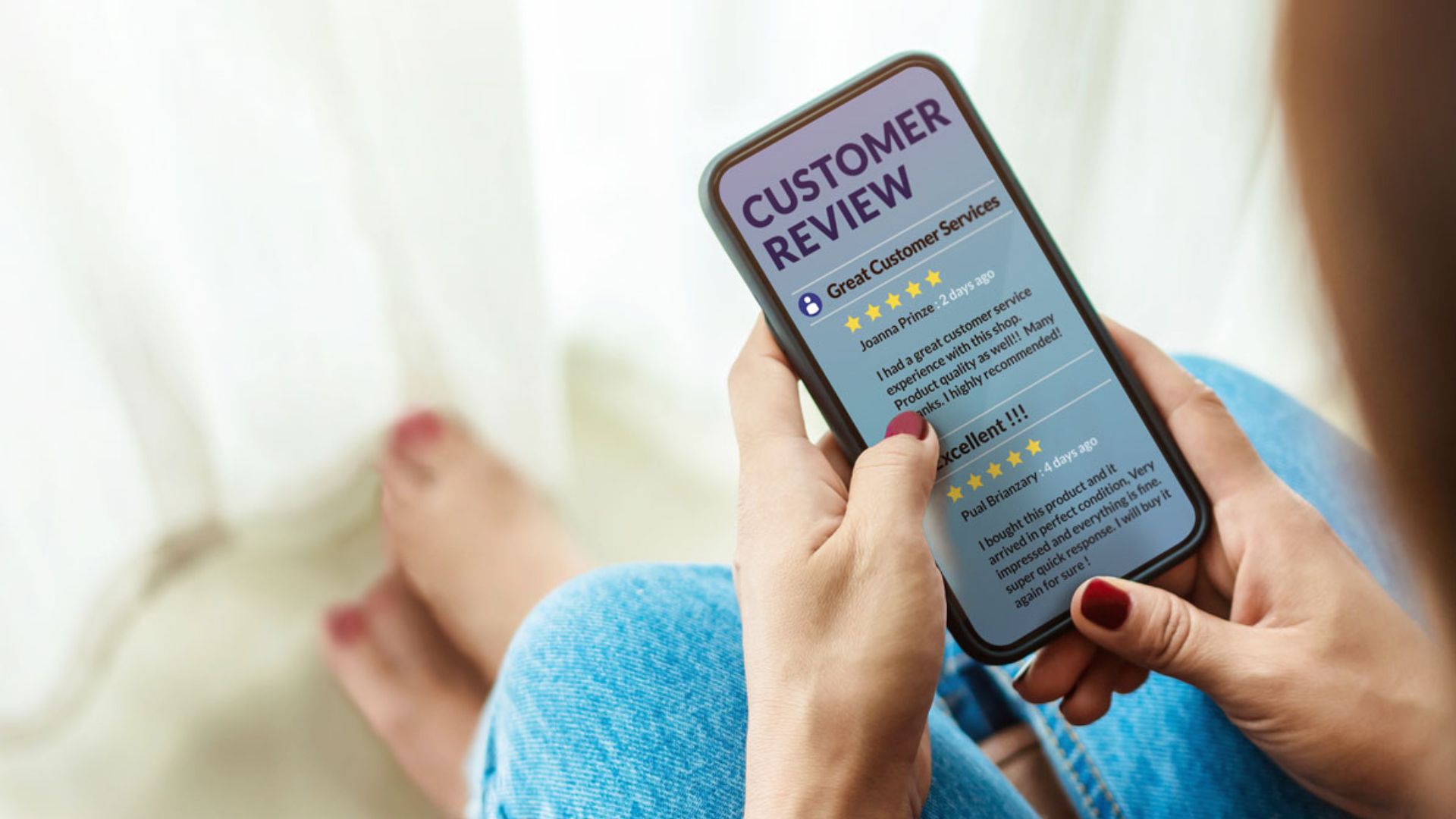In the ever-changing world of internet business, reputation is the most valuable money. Regardless of size or status, every company must negotiate the jungle of client feedback to protect its digital image. Negative reviews, while dreaded, do not necessarily indicate doom. Instead, they may be used as stepping stones for resilience and progress. Here's a comprehensive roadmap for dealing with unfavorable reviews and quickly restoring your internet reputation.
Social Awareness
Your online reputation is a living thing that demands regular care. Take a proactive approach by constantly monitoring review sites, social media outlets, and industry forums. Tools like Google Alerts and social media listening services may act as digital sentinels, alerting you to any mentions of your brand on the web. Timely discovery allows you to respond quickly, minimizing possible damage.
Cultivate Empathy in Response
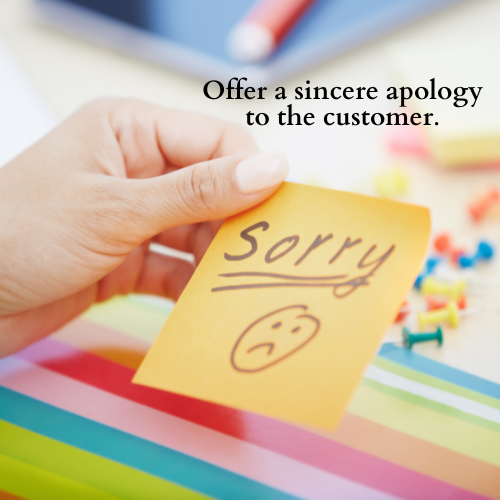
When receiving unfavorable criticism, the first rule of engagement is empathy. Consider the angry customer's point of view and recognize their issues. Create replies demonstrating compassion and kindness, reassuring consumers that their input is valued. A genuine apology and a determination to resolve the situation create the groundwork for positive communication.
Here's a more in-depth look at how to develop empathy in your responses:
- Listen Actively: When replying to a bad review, please read it carefully and consider the customer's point of view. Please take note of the difficulties they've highlighted and any emotions they've exhibited. Listening to their problems shows you appreciate their comments and care about meeting their requirements.
- Apologize Sincerely: Offer a sincere apology to the customer for any trouble or displeasure. Apologizing communicates humility and indicates that you take their worries seriously. Avoid making excuses or assigning blame; accept responsibility for the situation and sincerely apologize for the poor experience.
- Offer Solutions: Provide realistic answers to the customer's issues and resolve the situation. Tailor your solution to the customer's precise requirements and demonstrate your dedication to solving their issue correctly.
- Communicate Empathetically: Create a response with empathy and compassion, using language that shows your understanding and care. Communicating empathetically fosters trust and connection with the consumer and demonstrates that you care about their experience.
- Learn and Improve: Negative criticism may help you learn and improve your products, services, and customer experience. Identify any common themes or recurrent concerns raised in unfavorable reviews and take proactive actions to fix them. By always attempting to improve, you express empathy for future clients facing similar challenges.
Valuable lessons lie within the furnace of negative criticism, awaiting discovery. Analyze patterns and trends that emerge from consumer complaints to discover systemic issues. Use this information to improve your goods, services, and customer experience. Viewing each evaluation as a learning opportunity may turn hardship into a force for progress.
Here's a more detailed exploration of how to effectively harness the power of learning:
- Prioritize Areas for Improvement: Not every negative criticism will be as practical or actionable. Prioritize the highlighted areas for improvement according to severity, frequency, and possible influence on customer satisfaction. Focus on high-priority topics first while considering the practicality and resources necessary for execution.
- Solicit Internal Feedback: Gather views and viewpoints from your internal teams, such as customer service reps, product developers, and salespeople. They may bring practical viewpoints and direct experiences that complement client input. Encourage open and honest communication inside your business to cultivate a culture of continual development.
- Implement Changes: Use the information from unfavorable reviews to substantially improve your business. Whether enhancing product features, expanding service offerings, or altering internal procedures, take decisive action to solve the challenges. Communicate these adjustments to your clients transparently to demonstrate your commitment to development.
Transition to Private Channels
While public acceptance of inadequate evaluations is essential, private communication frequently achieves reconciliation. Provide contact information or encourage the reviewer to contact you by direct message or email. Moving the conversation to a more intimate location indicates your commitment to providing customized client service. It also allows for a closer examination of the underlying issues.
Seize the Opportunity for Redemption
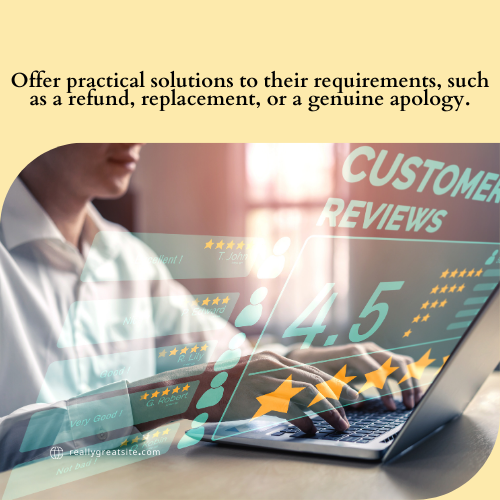
Negative assessments should be viewed as possibilities for atonement rather than defeats. Accept criticism as helpful feedback, highlighting areas for progress. Engage the reviewer in an open discussion to determine the leading cause of their displeasure. Offer practical solutions to their requirements, such as a refund, replacement, or a genuine apology. Every resolve is an opportunity to convert a detractor into a brand supporter.
Harness the Power of Learning
Valuable lessons lie within the furnace of negative criticism, awaiting discovery. Analyze patterns and trends that emerge from consumer complaints to discover systemic issues. Use this information to improve your goods, services, and customer experience. Viewing each evaluation as a learning opportunity may turn hardship into a force for progress. Here's a more detailed exploration of how to effectively harness the power of learning:
Prioritize Areas for Improvement: Not every negative criticism will be as practical or actionable. Prioritize the highlighted areas for improvement according to severity, frequency, and possible influence on customer satisfaction. Focus on high-priority topics first while considering the practicality and resources necessary for execution.
Solicit Internal Feedback: Gather views and viewpoints from your internal teams, such as customer service reps, product developers, and salespeople. They may bring practical viewpoints and direct experiences that complement client input. Encourage open and honest communication inside your business to cultivate a culture of continual development.
Implement Changes: Use the information from unfavorable reviews to substantially improve your business. Whether enhancing product features, expanding service offerings, or altering internal procedures, take decisive action to solve the challenges. Communicate these adjustments to your clients transparently to demonstrate your commitment to development.
Foster a Culture of Positivity
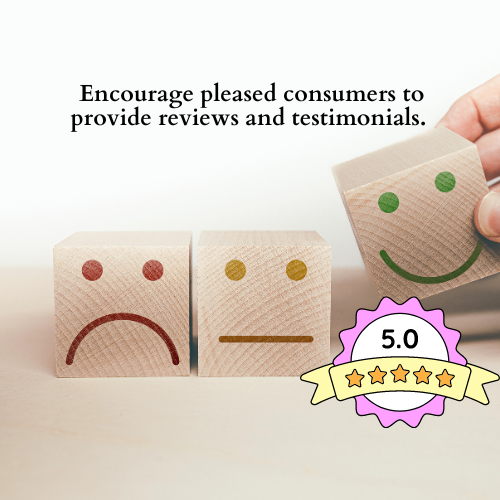
To counteract the pain of unfavorable assessments, cultivate a chorus of positivity. Encourage pleased consumers to provide reviews and testimonials. Launch focused outreach initiatives to boost the voices of your brand champions. The cumulative effect of positive feedback acts as a buffer against the occasional barrage of criticism.
Uphold Authenticity and Consistency
Authenticity is the foundation on which trust is formed. Ensure that your reactions to bad reviews accurately reflect your brand's beliefs. Strive for consistent messaging and behaviors across all touchpoints. Transparency generates trust, which fosters long-term connections with your clients.
Get More Genuine Reviews for your Business
Seek Help from the Professionals
If unfavorable reviews have substantially influenced your online reputation and you need to handle them effectively, you should seek help from reputation management experts. They may offer advice and assistance with maintaining your internet presence and executing methods to recover your reputation.
Following these methods and tackling bad reviews with a proactive and empathic perspective will allow you to successfully handle criticism, limit reputation harm, and restore customer and prospect trust in your business. Remember that reputation management is continuous, and consistency in your efforts is critical for long-term success.
Conclusion
In conclusion, negative feedback is unavoidable when running a business in the digital era. However, how you respond to them can make a significant difference in recovering and even improving your internet reputation. Monitoring your online presence, reacting swiftly and professionally, addressing issues head-on, learning from criticism, promoting good reviews, and remaining consistent and honest can help you handle negative reviews and demonstrate your dedication to customer satisfaction. Remember that every encounter is an opportunity to improve your reputation and get the trust of your audience.
